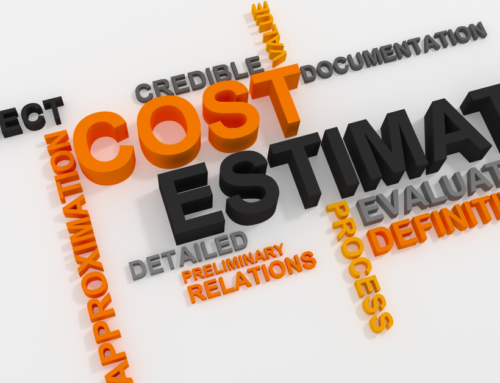Many businesses rely heavily on project managers to see their initiatives from genesis to conclusion. To succeed in their positions, project managers must carry out a wide range of essential functions at every step of the project life cycle. A project cost estimation is interesting yet tricky. Project managers need to do a lot of research to complete it. There is significance in each phase of a project’s life cycle. The planning phase, creating guidelines for the project, is crucial. The scope, schedule, price escalation, and finances are all elements of this category. Before proceeding further, you should know what cost estimation is. Let’s look at the article.
What is cost estimation?
Project cost estimation refers to calculating an approximate sum for all the money spent to finish a project within its defined parameters and the allotted time frame. In the early phases of planning, initial, high-level estimates are typically employed and can influence whether or not the project is pursued. Once a project has been accepted and the company decides to move forward, more precise, and thorough cost estimates are required to distribute resources effectively.
Project Cost Estimation Methods
Several elements affect the method of project cost estimation to estimate costs. For instance, some businesses mandate that all projects adhere to strict budgeting procedures, while others may defer to the project manager’s judgment. Similarly, many companies may rely on approximate calculations throughout the initial phases of project planning before shifting to more precise ones later.
In the following, we will discuss the most often-used approaches to cost estimating.
Comparable Projection
With analogous project cost estimation, a project manager may predict how much a new venture will cost by looking at the historical expenses of comparable endeavors. This approach provides an estimate. This approach provides an estimate using historical data and the project manager’s professional opinion.
There are indeed constraints on using analogies to estimate, given that no two projects are identical. Even if you have limited knowledge regarding the current project, you can still utilize an analogous estimation method. This means it is most useful at the outset of a project’s planning process when only a rough estimate would do.
Estimation using Parametric Distributions:
Parametric estimating involves using past data and statistical modeling to price various aspects of a project. Using this method, the actual unit cost of a project’s parts may be calculated and then used to set pricing. Compared to comparable estimating, this method is more precise, but it takes more information up front to provide an appropriate cost estimate.
Estimation from the Bottom-Up
Bottom-up estimating involves segmenting a bigger project into manageable chunks. The project manager creates individual budget projections for each work increment.
Expenditures might be broken down by division. The final cost estimate is calculated by adding up the individual cost estimates. Bottom-up estimating enables a precise estimation process since it allows the project manager to focus on the specifics of unique jobs.
Approximation with Three Points
Three different figures are often used when assessing a project’s price tag. An “optimistic” estimate is one in which work is completed, and money is spent most efficiently; a “pessimistic” estimate is one in which these things are done least efficiently, and the “most likely” scenario is one that falls somewhere in the middle.
Conclusion
To become proficient in cost estimation or price escalation, one has to put in a lot of time and effort. This may be easy for those who have finished formal schooling in project management. If you want to purchase cost-estimating software, you can contact Quick Devis. They are one of the leading construction cost estimation software providers.







Leave A Comment